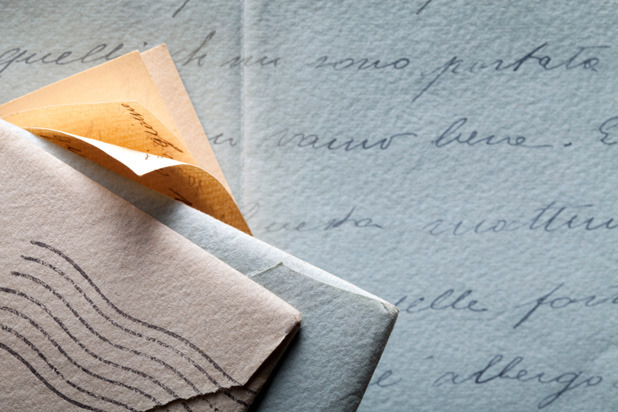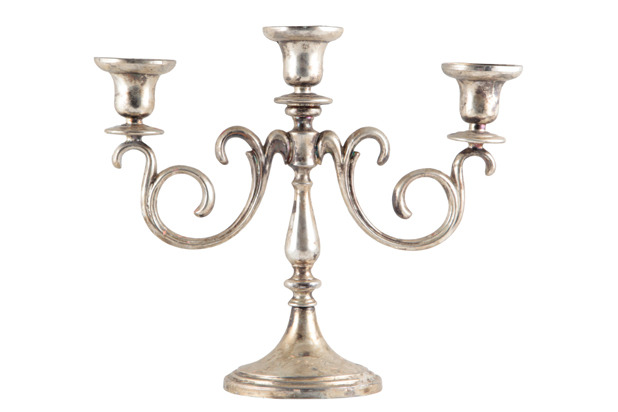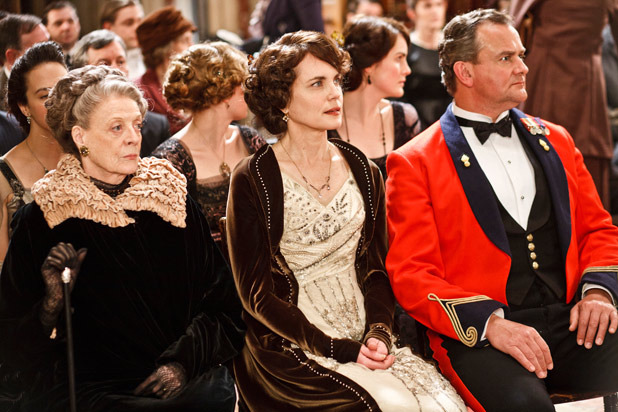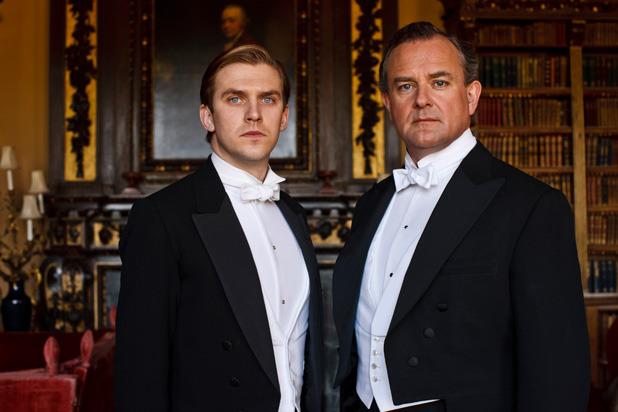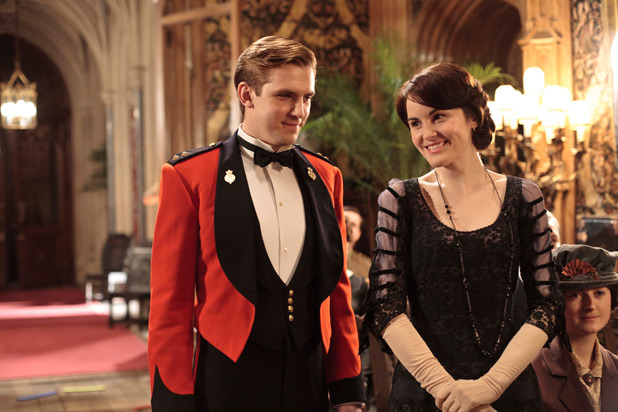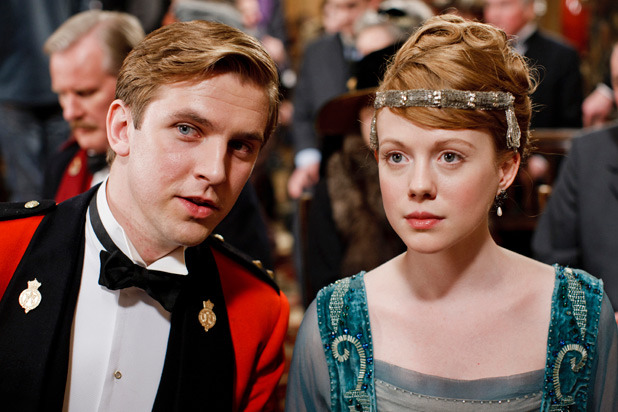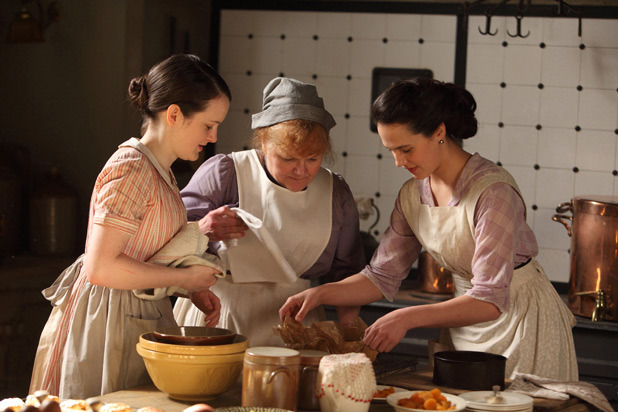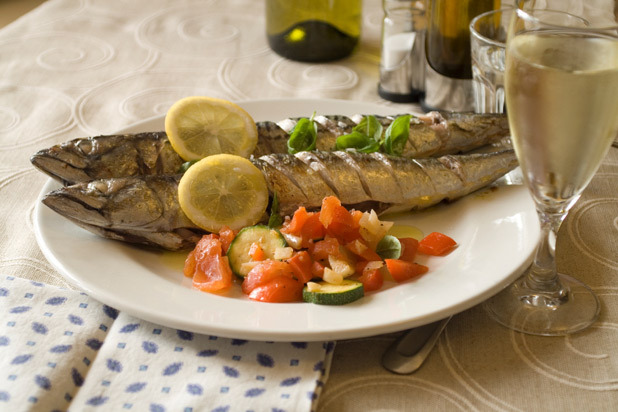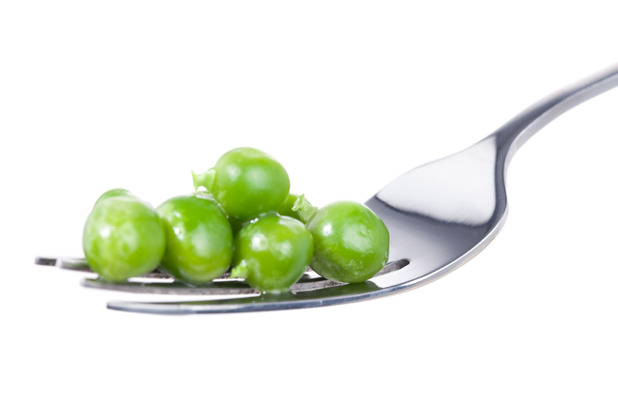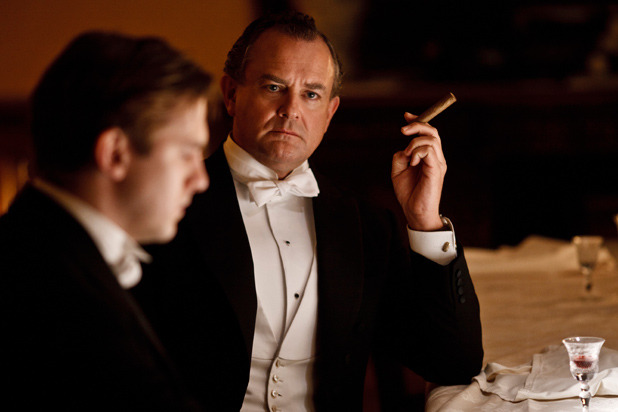Throw A Dinner Party Like They Do In 'Downton Abbey' Slideshow
Last-minute dinner parties were a rare occurence in the 1910s, as hand-addressed invitations were sent to guests four to six weeks before the event. (Accepting and then later declining was frowned upon.) Set the time of your party for the dinner hour, generally accepted as being from 8 p.m. to 9 p.m. Diners never lingered long over the meal, with guests often well on their way before 11 p.m.
Setting the Scene
For members of the British aristocracy, like Lord Grantham and his family, lavish formal dinners were the norm. Nearly every night, out came the fine linens, best dishes, and impeccably polished silver (all rubbed to a shine daily by the butler).
Do the same at home. Begin with a starched, white, vintage tablecloth, then add a pair of polished silver candelabras (remember, no electricity) and your best white bone china. For a centerpiece, begin with the fruit that is to be served for dessert, then surround it with vases of all sizes filled with roses in a variety of pinks, yellows, and whites — a favorite of the time.
How Many to Invite
There is a perfect number of guests when it comes to Edwardian era dinner parties. According to Mrs. Beeton's Book of Household Management, a go-to resource for rules and etiquette of the time, the parties should consist of "not less than the number of the Graces, or more than that of the Muses," — so between 10 and 12 guests would ensure a perfect party. And note that generally, an equal number of men and women should be invited.
Dressing for Dinner
Formal dinner parties necessitated full evening attire at Downton. For the ladies, that meant tight corsets, richly adorned gowns, perfectly coiffed hair, and of course, white gloves that stayed on until seated. Men would don dinner coats (akin to modern-day tuxedos) with matching trousers, and a white waistcoat.
Cocktail Hour
In the early 20th century, dinner parties were less about the food than they were a social function — with a focus on conversation. As pre-dinner cocktails didn't become the norm until after the war, forget about a glass of bubbly before sitting down. Do as the Earl and Countess would do, greeting guests and making introductions until everyone arrived. When it was time to sit, men and women would pair off, the host taking the arm of the highest ranked lady, and the hostess going with the highest ranked man, and proceed to the table.
Seating Arrangements
Where you sit matters. In general, the host would sit at one end of the table, with the lady he led in to his right, and the next ranked lady to his left. The hostess would be at the other end, with the man she led in to her left, and the remaining ladies seated at the right of those who took them in. Place cards were mostly saved for larger functions, but they make it easier for modern-day hosts.
Servants Do the Work
Along with large manor houses, the Edwardian upper class had a full staff of footmen, valets, housekeepers, maids, and cooks to prepare and serve meals, and to keep house. Rather than doing all the leg work yourself, hire at least one extra set of hands to serve, clear, and clean up after each course.
The Menu
Typical dinner parties featured a multitude of courses: hors d'oeuvres followed by soup and sherry; a fish course with white wine; an entrée, often served with champagne or claret; a "remove," or meat course, served with red burgundy; followed by a game course; side dishes like vegetables and cheeses; all followed by dessert and later coffee. Click here for some of the recipes served to the Earl and Countess of Grantham.
Menu cards often graced the table, set one per every two guests, written as elaborately or plainly as the host's taste. If you're up for the challenge, do as they did in the Edwardian era and write out each course in French.
Dining Rules
Edwardian era table etiquette was strict. Ladies were to remove their white gloves as soon as they sat, and were to never be seen biting into food. Instead, they were to cut everything into small pieces and put them into their mouth one at a time. And they would never slurp — they were to spoon the soup away from them, never clinking the side of the bowl, and always use a fork for their peas.
After Dinner
Even after multi-course feasts paired with wines of all kinds, a number of sweets like ices and cakes would be brought out to accompany the fruit centerpiece to round out the meal (of course, accompanied by even more wine). But as that corset was likely uncomfortable, female guests were permitted to retreat from the table into another room for coffee and small talk for a short time while the gentlemen remained seated, drank even more, and enjoyed an after-dinner cigar.
Perhaps it was all just a ruse to gossip about which suitor seated next to the lady of the house was most adored.
